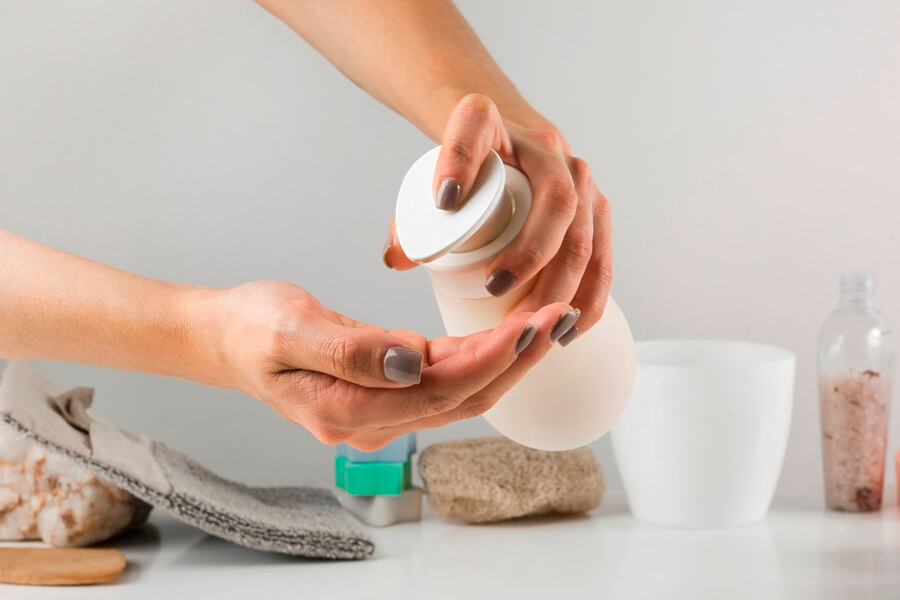Preparing for rehab can be a nerve-wracking experience. It’s a big life change, and it’s common to still feel unsure about what to expect. So, if you’re trying to pack your bags and aren’t sure what to bring to rehab, you’re not alone.
What you pack can also be a key to a successful experience. After all, having comfy clothes and some sentimental items can make it feel like a homier environment during your stay.
If you have many questions, like “What are the essentials for rehab?” or “What are the items allowed in rehab?” We’ll cover everything you should know here. Stick around for all the details.
Why Preparation Matters
A big reason why preparation matters is it’ll put your mind at ease while entering a new environment. A lot of research shows that managing stress levels plays a big role in the success of recovery programs. So, knowing you have all the items you need can help put your mind at ease when walking through the rehab center’s doors.
Additionally, many rehab centers have lists of items that aren’t allowed in the facility. This is generally because treatment centers are meant to provide a controlled environment and limiting certain items ensures better adherence to the program.
For instance, some centers may not allow technology like phones or limit the amount of time you can spend on your phone since it can be distracting and provide too many outside influences on the process.
Therefore, it can be helpful to check with the facility you’re going to and ensure your list of things to bring to rehab doesn’t have any restricted items on it.
Essential Items to Bring to Rehab
What are some rehab essentials you should have with you? Here’s a detailed packing list for rehab with important items to consider in each category.
Clothing
Packing some comfortable clothes is a good place to start when preparing. While most rehab centers have a dress code to ensure nobody’s wearing anything inappropriate, you generally won’t have to worry about getting super dressed up like you’re going to work. Just some simple, comfy clothes you’d wear around the house or when hanging out with friends will do fine in most cases.
The Right Amount of Clothes to Bring
Most facilities will have resources to wash and dry your clothes, so bringing about a week’s worth of attire for both daytime and nighttime is a good amount while avoiding overpacking.
Pack for the Weather
Consider the weather conditions and activities you’ll participate in at the facility. For instance, if your residential treatment program will extend from fall into winter, you may want to bring some lightweight sweatshirts for the current cool conditions and a heavier winter coat, hat, and gloves to prepare for when it’s colder.
Bringing Workout Clothes is a Good Idea
Many rehab programs emphasize exercise since studies show getting more active leads to better success rates. Therefore, bringing some workout clothes is a good idea as well.
Toiletries
Another thing to add you your packing list is essential toiletries. That includes things like:
- Shampoo and body wash
- Deodorant
- Toothbrush and toothpaste
- Lotion or moisturizer
- Lip balm
- Razor and shaving cream

Also, note that some facilities may restrict certain types of toiletries. That could include some types of razors that could be used as a weapon or products that contain alcohol, like mouthwash, hand sanitizers, or certain moisturizers. Some studies have even shown that the smell of alcohol-based products or similar scents can trigger cravings, so there is a good reason for restricting certain products like this during treatment.
Medical Items
Make sure you bring any prescription medications you usually take in their original bottle/packaging. That could include things like allergy medications, antidiabetics, or heart medications.
Some treatment centers may request that you bring medical records with you, especially to show records for prescription medications you need, so make sure you bring any requested documents.
Personal Items
Bringing some small personal items is also a good idea. That could include things like journals or books that are relaxing and help pass time during breaks in the day.
Plus, some sentimental items like pictures you can set up to decorate your room, notes from loved ones, or meaningful pieces of jewelry to wear can all help provide comfort.
Things Not to Bring to Rehab
As mentioned earlier, most rehab centers have a list of restricted items, so it’s also important to know what not to bring to rehab.
First, bringing alcohol or recreational/addictive drugs won’t be allowed in facilities to ensure a controlled environment that’s free of any temptations.

Facilities will also restrict any weapons or anything that could easily be used as a weapon to ensure the safety of staff and patients.
Other items may be restricted and will depend on the center’s guidelines, such as electronics or certain types of clothing like anything overly revealing or inappropriate.
If you aren’t sure whether something is allowed, ask the treatment center you’re going to for their restricted items list. You can even ask about any specific items if you’re still unsure and they aren’t listed specifically.
Packing Tips for Rehab
To sum things up, here are some quick packing tips to remember:
- Pack lightly and stick to the essentials to avoid clutter and stress.
- Label your personal items for organization and to avoid any mix-ups.
- Double-check with the rehab center’s guidelines.
- Ask a friend or family member for help packing so you don’t feel like you have to do it all on your own.
What to Expect Upon Arrival
When you first arrive at the facility, staff members will greet you and show you how to sign in. The initial admissions process usually takes about 1-2 hours, during which you may sign some quick paperwork, tour the facility, and get a quick overview of the schedule.
Usually, rehab centers try to keep the first daylight available so you can adjust. If you feel up for it, you may be asked if you want to meet some of the other patients or therapists. You’ll also be given food if you’re hungry and shown your room to get set up and sleep if you feel tired.
If you start to feel anxious or homesick, take some time to breathe and relax. Explore your new surroundings as you feel comfortable, and remember that the treatment team is there to support you as needed.
Conclusion
Getting ready for rehab is a bit nerve-wracking for everyone. But the right preparations can make it a lot easier. Try to remember not to put off packing until the last minute, and instead, get your bags together at least a couple of days in advance. Remember, this is a step in the right direction, and your treatment team will be there for you throughout the process.
If you or a loved one is struggling with addiction and you’re looking for a facility that can help, we’re here to support you at United Recovery Project. We offer medical detox and residential care for drug and alcohol addiction.
All our plans are personalized to your needs for high rates of success and you’ll be guided each step of the way by our helpful staff to ensure you feel as prepared as possible for the process.
References
- Sinha, Rajita. “Chronic Stress, Drug Use, and Vulnerability to Addiction.” Annals of the New York Academy of Sciences, vol. 1141, no. 1, Oct. 2008, pp. 105–130, doi:10.1196/annals.1441.030. https://pmc.ncbi.nlm.nih.gov/articles/PMC2732004/
- Smith, Mark A., and Wendy J. Lynch. “Exercise as a Potential Treatment for Drug Abuse: Evidence from Preclinical Studies.” Frontiers in Psychiatry, vol. 2, 2012, doi:10.3389/fpsyt.2011.00082. https://pmc.ncbi.nlm.nih.gov/articles/PMC3276339/
- “Smells May Trigger Alcohol Craving, and Relapse, among Alcoholics – Addiction Technology Transfer Center (ATTC) Network.” ATTC Network, 2024, https://attcnetwork.org/asme_articles/smells-may-trigger-alcohol-craving-and-relapse-among-alcoholics/



